
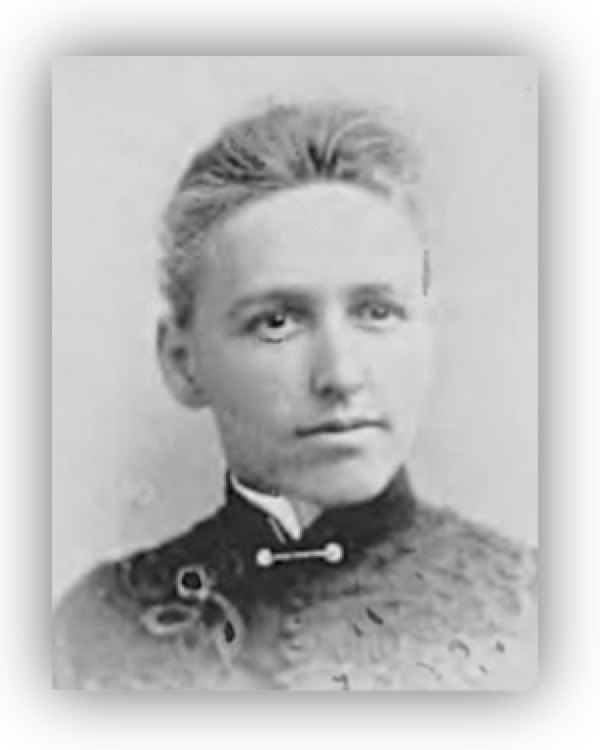
Bushnell was a medical missionary, a Biblical scholar, and a social activist. She helped found the Anchorage Mission for homeless women in Chicago, established a pediatrics hospital in Shanghai, China, exposed coerced prostitution of women in Wisconsin lumber camps, and documented the British military’s subjugation of women in India for prostitution. The British government subsequently commissioned her to investigate the opium trade between India and China.
Suspecting that standard translations of the Bible were biased against women, Bushnell taught herself Hebrew during her long sea voyages and subsequently published a ground-breaking work, God’s Word to Women (the most recent edition of which was published in 2016), to rectify what she believed were scriptural errors.
Dr. Bushnell’s family lived at 816 Sherman Avenue, Evanston.
In the early 1920s, Dick and her husband George successfully identified and isolated the causative agent of scarlet fever, developed a skin test which determined a person’s susceptibility to the disease, and developed the first vaccine. They later patented their toxin and antitoxin production methods. Dick also served as a bacteriologist for the United States Public Health Service, was active in polio research, and became an advocate for adoption – founding Evanston’s Cradle Society. She devised a method which provided “strict sterilization and aseptic procedures” to prevent cross infection among infants.
In 1925 Dick was nominated for a Nobel Prize for her work on the scarlet fever vaccine.
Dr. Dick lived at 1015 Greenwood Street, Evanston.
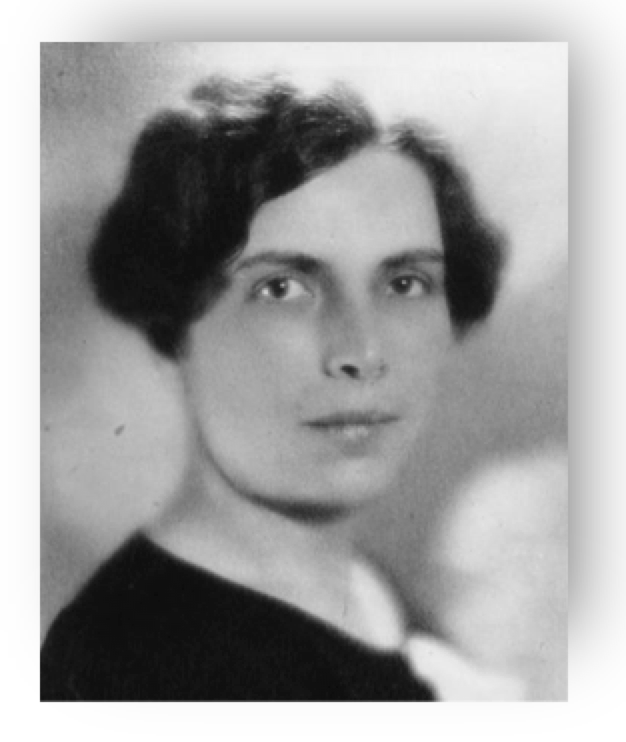

In 1901 Garnett became one of the first African-American women medical doctors in Illinois. With her husband, Dr. Arthur Butler, she established the first hospital between downtown Chicago and Milwaukee, Wisconsin, that would serve African-American patients; its first location was her own home. The hospital prospered and merged into Evanston’s Community Hospital in 1928, where she served as superintendent. Evanston honored Garnett with a 16-acre park.
Dr. Garnett lived at 1819 Asbury Avenue, Evanston.
Elizabeth Boynton Harbert
(1843 –1925)
An editor and prolific writer, Harbert was the first woman to write a women’s political plank that was adopted by a major state political party. She served on the Illinois Woman’s Suffrage Association and the National Women’s Suffrage Committee. She was actively involved in planning for the Columbian Exposition of 1893. She organized and presided over the Evanston Woman’s Club, an innovative philanthropic organization that still provides strong support for women’s causes. Harbert addressed the Illinois Senate and House and the U.S. Senate on behalf of women’s suffrage.
Harbert lived at 316 Judson Avenue, Evanston.

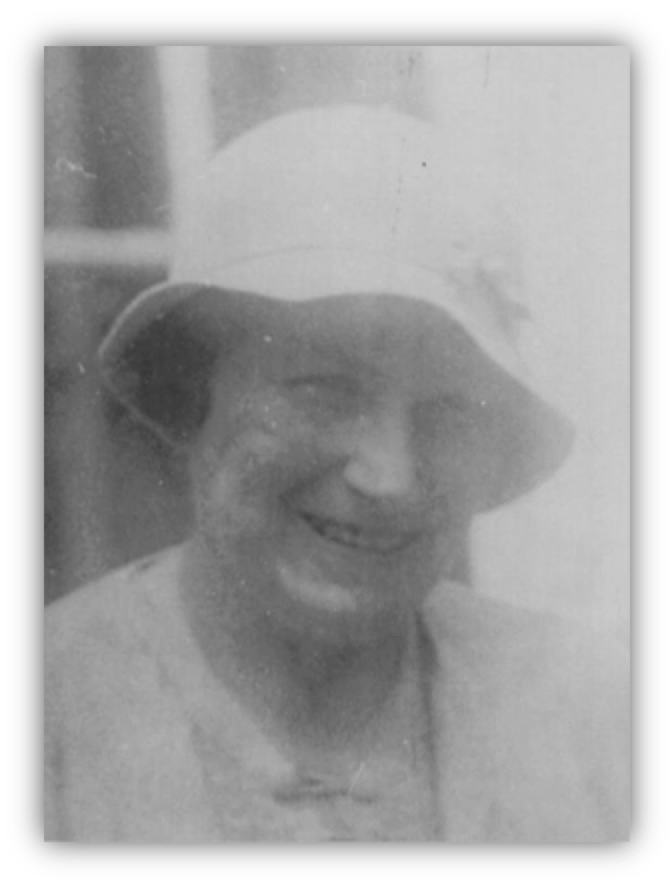
A pioneering anthropologist and author, Herskovitz and her husband Melvin helped establish African and African American Studies as a prominent field for scholarly research. On their extensive travels, they conducted field studies and documented the lives of women throughout the world. The Herskovitzes co-authored two books and wrote many articles that gave them an international reputation in their field. The Herskovitz Library of African Studies at Northwestern University is the largest collection of its kind in the world and provides research resources for scholars internationally.
Herskovitz lived at 1621 Ridge Avenue, Evanston.
Nellie Fitch Kingsley
(1862 –1924)
An author and promoter of the arts in public schools, Kingsley was best known as a co-founder, with Helen Palmer Dawes and Elizabeth Hawley Odell, of the Evanston Community Kitchen. Established in the basement of the Evanston Women’s Club in response to WWI food shortages and the influenza epidemic, the Kitchen provided free meals to needy members of the community. It received recognition nationally for its innovations in food preservation, conservation, and distribution. The Kitchen addressed changing gender and labor norms as new employment positions opened up for women.
Kingsley lived at 1229 Judson Avenue, Evanston.

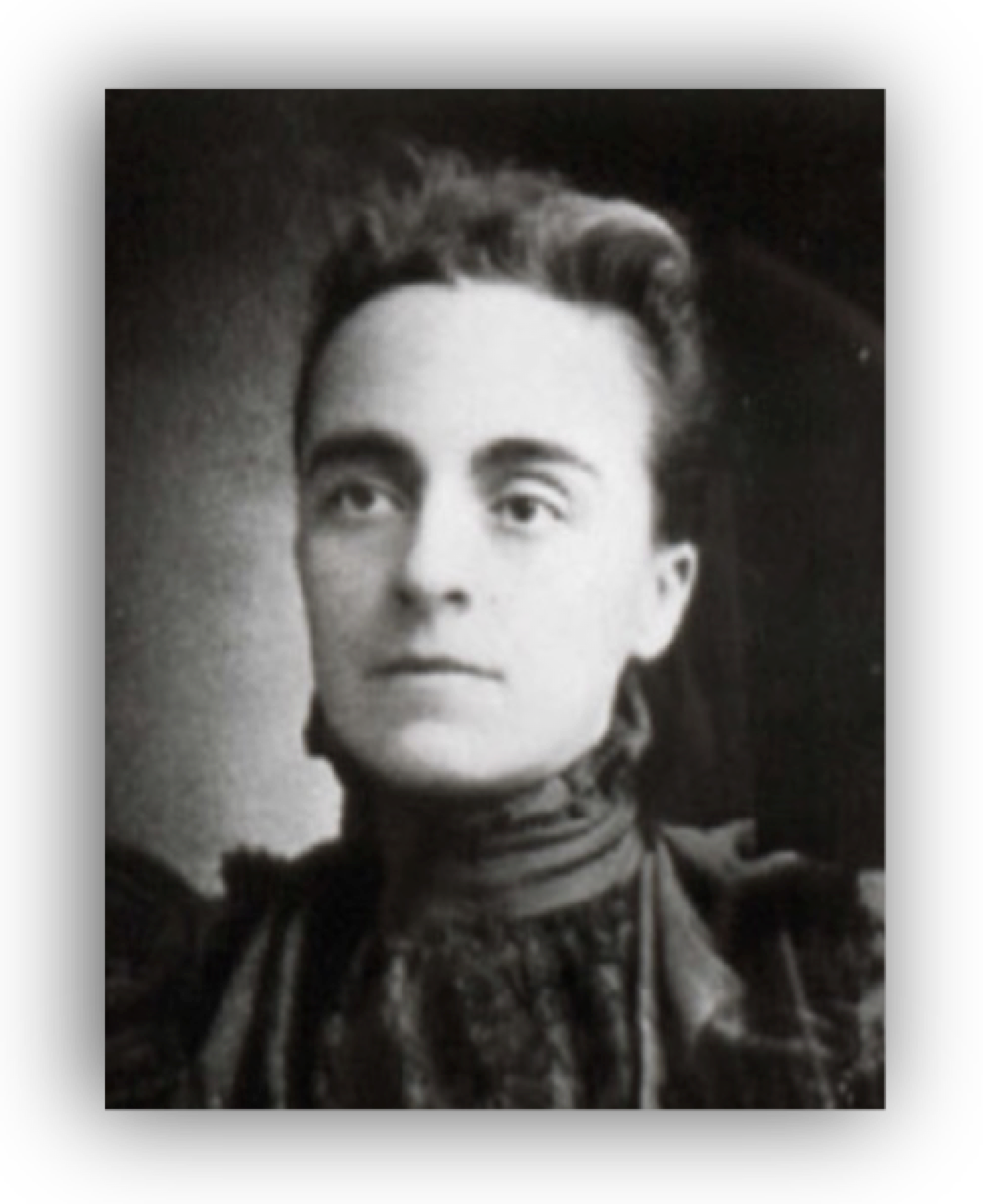
(1862-1945)
An attorney, McCulloch was the first female Justice of the Peace in the U.S., and the first female presidential elector. She helped raise the Illinois age-of-consent law and was instrumental in granting wives equal guardianship of their children. Her work was instrumental in the Illinois women’s suffrage movement and in the passage of the 19th Amendment to the U.S. Constitution.
McCulloch lived at 2236 Orrington Avenue, Evanston.
Archange Chevalier Ouilmette
(ca.1775-1840)
A woman of Native American and European parentage, Ouilmette spoke both French and Potawatomi. When the first Fort Dearborn was burned, Ouilmette and her sister performed heroic rescues to save lives. Ouilmette was given land in the Treaty of Prairie du Chien which later became a significant portion of Chicago’s northern suburbs. She was instrumental in negotiating treaties between the U.S. government and the Potawatomi Tribe. The Village of Wilmette bears her name.
Ouilmette lived on area land that she was granted by the Treaty of Prairie du Chien in 1825.
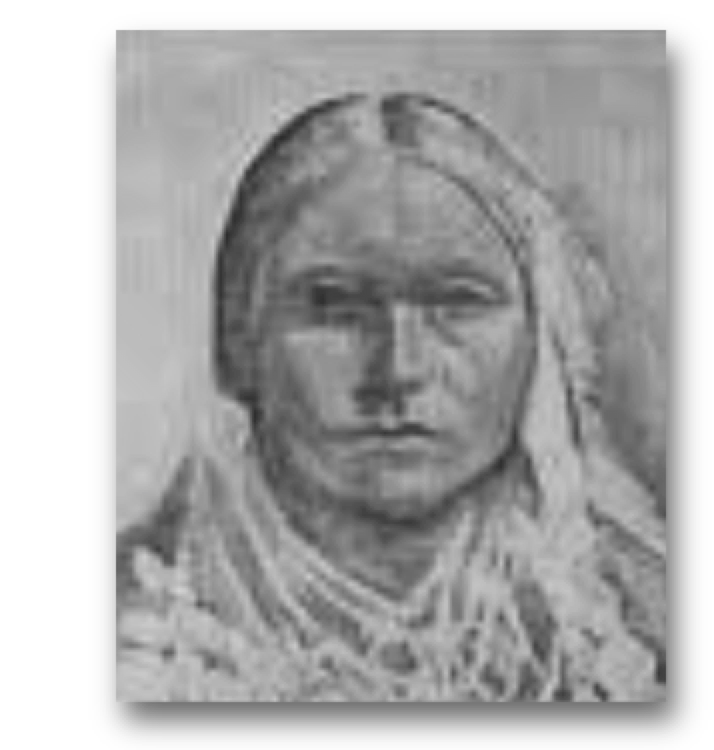
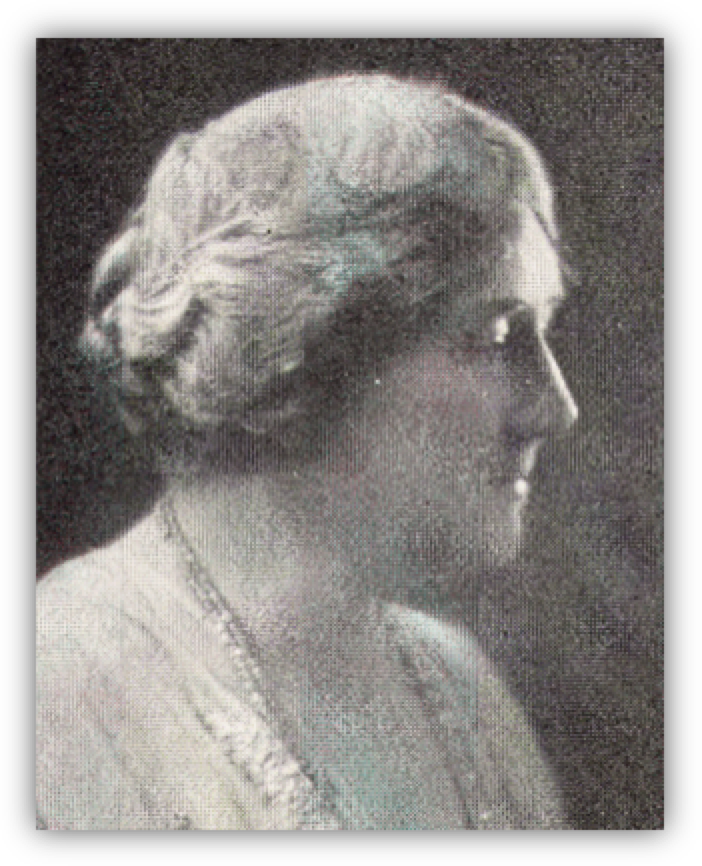
(1865-1937)
Perkins published 26 books which sold more than 2 million copies, becoming the Houghton Mifflin’s most profitable author. Each of her books featured a specific geographic region or historic era, helping her young readers to better understand the world. Perkins’ book The Dutch Twins is recognized to have inspired Beverly Cleary, a current-day author of popular children’s literature.
Perkins lived at 2319 Lincoln Street, Evanston.
Educated at Fisk University, Smith was a ground-breaking entrepreneur. Her Smith Employment Agency was considered the premier source for domestic employment in the Chicago area. Smith placed mostly African American workers in the elite homes of Chicago’s lakefront suburbs. The innovative “Smith Employment Agency Standards and Principles,” which Smith wrote and scrupulously followed, mandated high standards of conduct for her employees and stipulated that her clients treat her employees with the utmost respect and dignity — violations would lead to the client being dropped. Smith’s high standards are credited with advancing respect between the races. Her agency remained in business for nearly 60 years.
Smith lived at 1516 Simpson, Evanston.
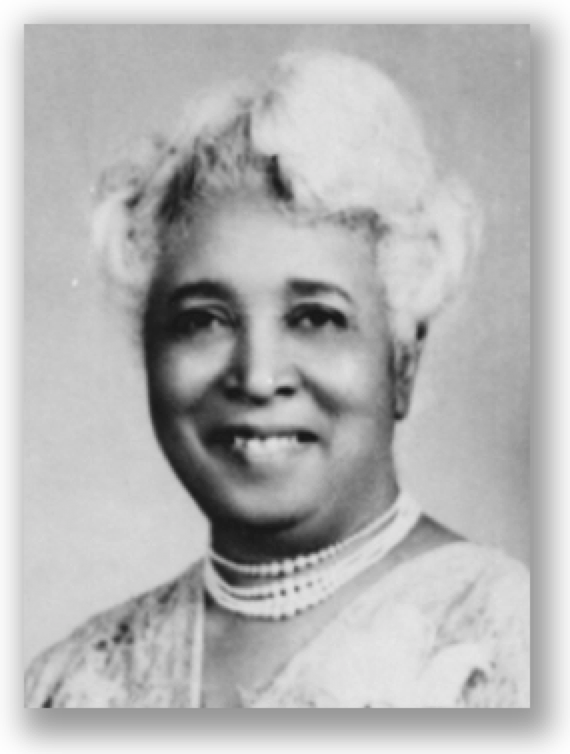
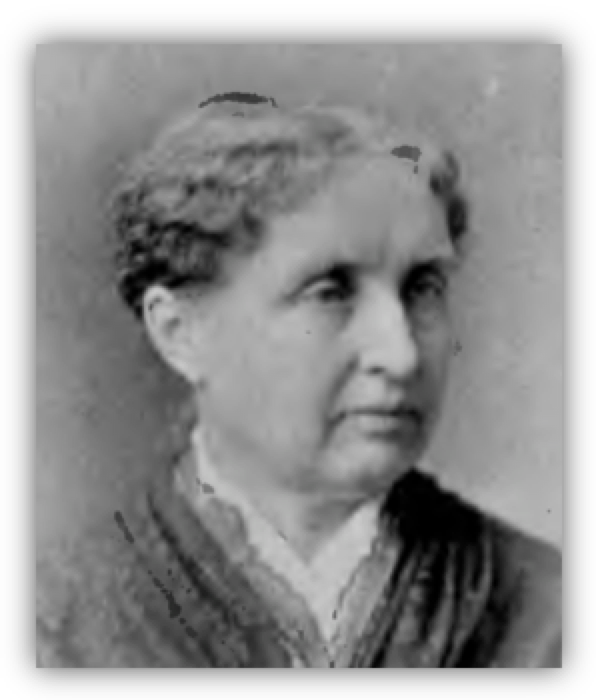
An obstetrician and gynecologist, Stockham was the fifth woman in the U.S. to become a medical doctor. She promoted gender equality, birth control, and women’s dress, and worked to improve the living and medical conditions of Chicago’s most disadvantaged women. She wrote, self-published, and distributed factual literature on female anatomy to educate women on their own physiologies. In 1905 she was convicted by the Federal government under the Comstock Act of circulating improper materials, and her efforts were halted.
Stockham traveled worldwide to study childhood educational methods. Tokology, her book on maternity, was translated into Swedish, German and Russian; the Russian translation was commissioned by her friend, Leo Tolstoy.
Dr. Stockham lived at 921 Ridge Avenue, Evanston.
An academic, author, suffragist, and social reformer, Willard was the first female U.S. college president, the founding president of the National Council of Women, a charter member of the Illinois Women’s Press Association, Northwestern University’s first Dean of Women, the president of the 200,000-member Woman’s Christian Temperance Union, the first woman honored in the U.S. Capitol’s Statuary Hall, and the fifth American woman honored on U.S. postage. A prolific writer, one of her most popular books was How I Learned to Ride a Bicycle.
“Rest Cottage,” Willard’s Evanston home at 1730 Chicago Avenue, is now a museum.
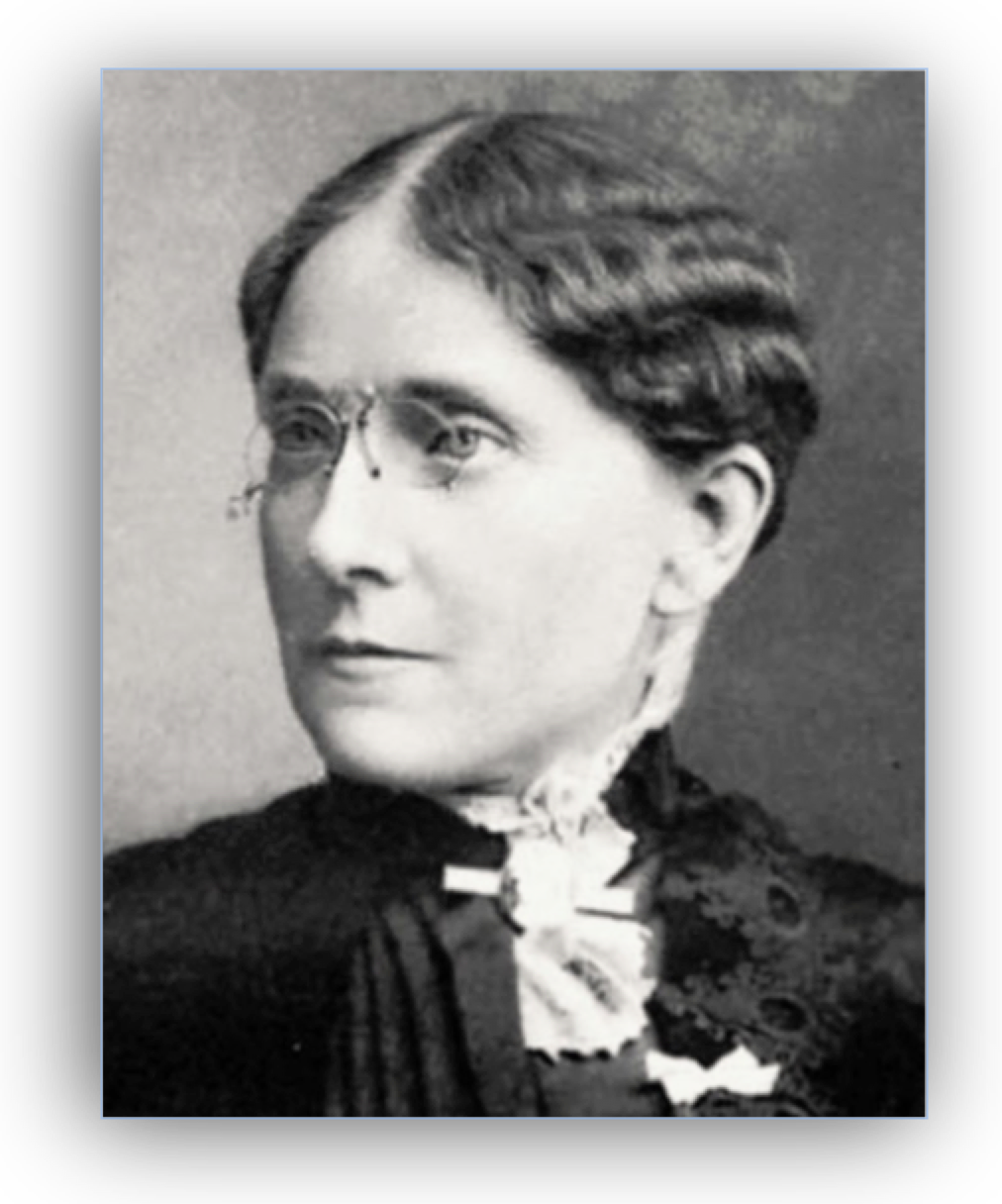
|
Information listed here is derived from the Evanston Women’s History Project, Shorefront Legacy Center, Wilmette Historical Society, Woman of the Century by Frances E. Willard and Mary A. Livermore, Wikipedia, and other sources. |
